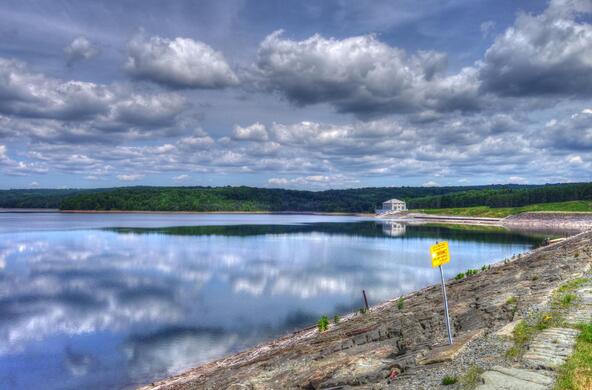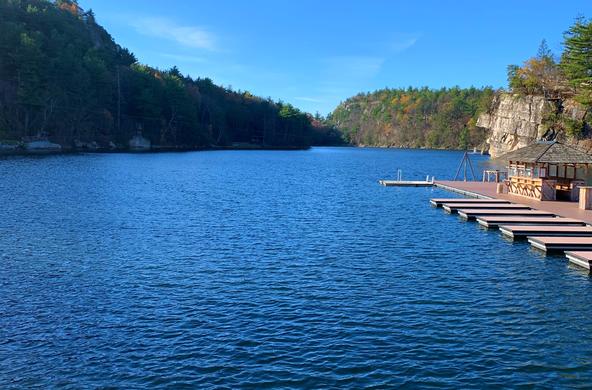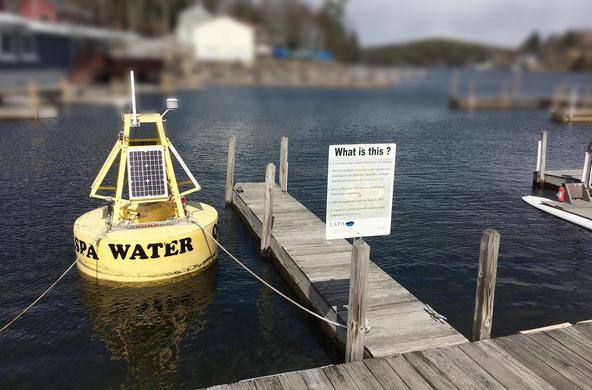Tips to keep lakes and resident wildlife healthy
Give wildlife space.
Stay at least 200 ft away from wildlife, nests, and marked breeding areas. Close encounters can disrupt activities like resting, breeding, and finding food.
Keep the shoreline natural.
Leave logs and submerged vegetation in place. Keep shoreline vegetation intact. Driftwood, downed trees, and plants provide habitat for fish and wildlife, hold soil in place, and filter pollutants and excess nutrients that fuel algae.
Observe no-wake zones.
Slow to no-wake within 200 ft of the shoreline and wildlife. Wakes can cause erosion, disturb animals, and damage vegetation.
Prevent the spread of invasive species.
Before leaving the water access, clean, drain, and dry all gear. Invasive species can overtake native plants and animals, creating ecosystem imbalances.
Are you a member of a lake association or other organization that helps manage lakes?
Help promote awareness of and interest in protecting your local lakes. You can download a .pdf of '4 steps you can take to protect your lake and have it printed as a 4"x 8" magnet. They can be distributed to association members, placed on refrigerators in short-term lakefront rentals, or included in mailers to new home owners.

Additional resources
Invasive species, water clarity, and population changes are some of the challenges lake associations are facing. The Lake Resilience and Systems Thinking Resource Hub includes videos and downloads to help guide discussions about planning for a resilient lake.
Resources for lake associations and local stakeholders have been developed to help with lake management planning and inform lake residents and lake association members on steps they can take to protect lake health.
Material development: Eve Whittaker, FishScapes research team. Graphic: Leslie Tumblety, Cary Institute





